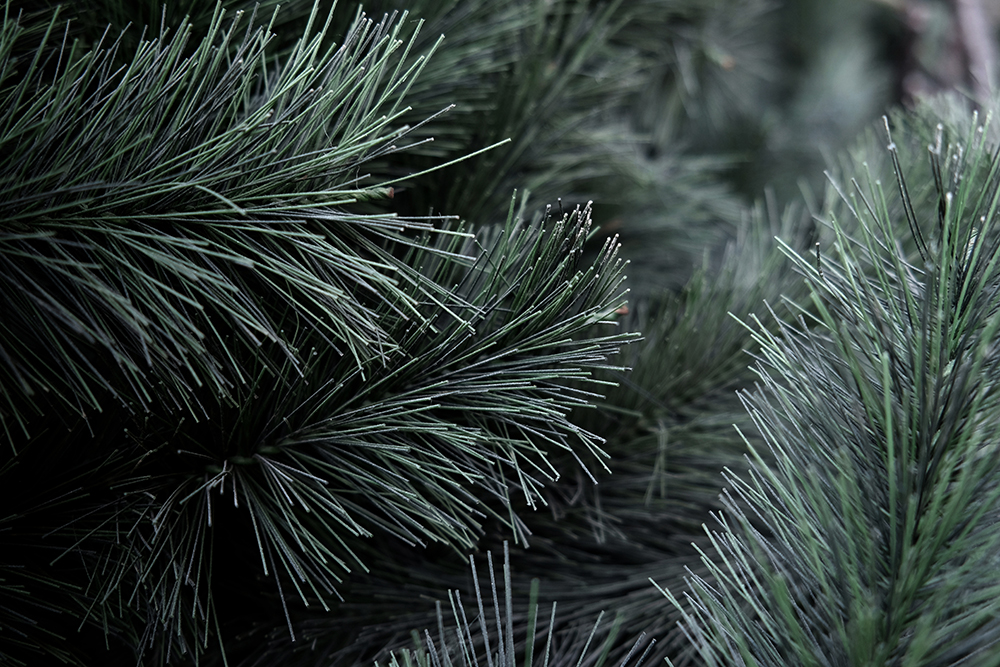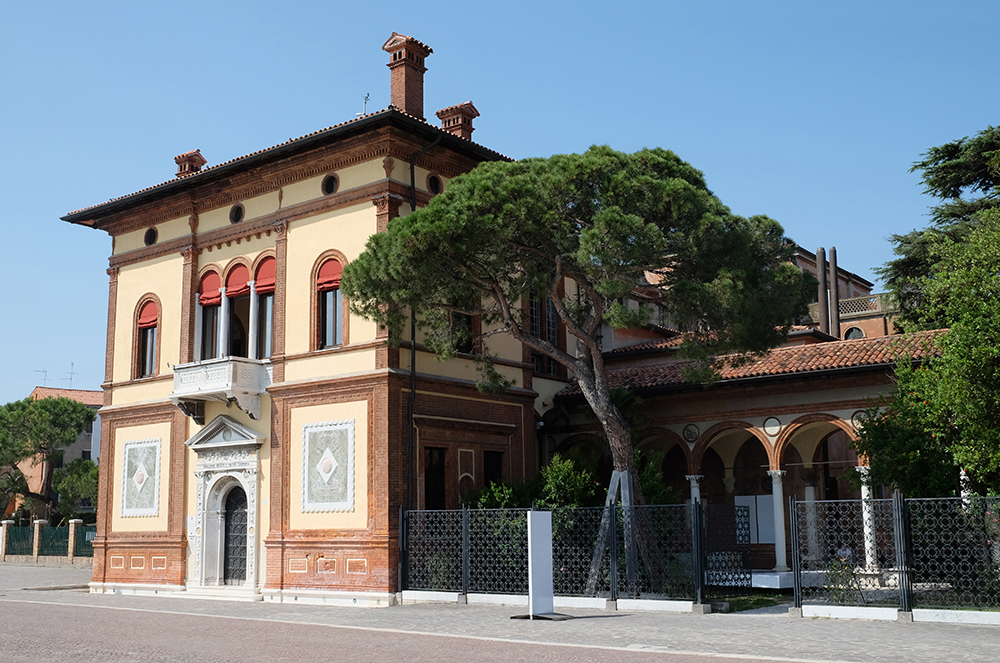
Witnessing Dane Mitchell recount the philosophy and symbolism behind his upcoming exhibit, Post Hoc, at the 2019 Venice Biennale, it’s little wonder the judges’ decision to nominate him to represent New Zealand at the world’s most eminent contemporary art celebration was a unanimous one. It’s also one that greatly humbles him.
“I was in my studio, it was towards the end of the day, and an email arrived from Creative New Zealand with an attached formal letter congratulating me on being chosen,” he says. “I nearly fell of my seat! The honour is not lost on me. It’s an amazing opportunity and acknowledgement. It’s not like any other exhibition.”
Post Hoc, from the Latin ‘after this’, will see a catalogue of “things that are no more” transmitted from a central pavilion to seven six-metre identical metallic ‘tree’ towers with speakers scattered across the city. Over 176 consecutive days, for eight hours a day, a computer-generated voice will read out a list of items in a manner akin to “calling the dead on a day of remembrance”. Incredibly, nothing will be repeated owing to the list stretching to four-million items long.
“They are all non-human entities, environmental materials, cultural artefacts, species, but no people are named,” says Dane. “Anything that once was, that is now lost.”
The broadcast will mostly be in English, with elements of other languages, most notably Latin—a vanished tongue, the “language of naming things”, and one that was also born of Italy’s ancient soil.

Dane describes his rudimentary, steel “pine trees” as peculiar objects that are aesthetically jarring, representing “a contagion that infects the landscape”.
“New Zealand has a strange relationship with pine, because it is treated as an industrial object,” he says. “It’s a tree that has been turned into technology by way of being a source of capital and as a carbon emission offset. Once it exits the confines of that industrial capital, it becomes an invasive species. Our relationship to nature is always technological; even our relationship to national parks, which are spaces that are hyper-managed and hyper-regulated. These trees are suggestive of an invasive technification of our built and natural landscapes.”
Having previously exhibited with materials such as perfume, Dane has always been interested in how, through an emission of molecules, an object “might extend beyond its physical edge”. All artworks, he adds, send out signals, and his exhibition in Venice will do that quite literally.
“Speech and language are builders of realities,” says Dane. “They build frameworks through which we live. They build worlds and conjure up the invisible. Each utterance in the exhibition is a way to momentarily call up these things from the past, in the present, and transmit them out across the city in this horizontal field of activation.”
The concept of ‘lost things’ is also uber-relevant to a city that is not only physically sinking but compressing “under the pressure of tourism”. “It’s a timely thing to do,” says the Auckland artist. “We do live in this moment of after-ness: after mass extinction, after climate change. A time of the Anthropocene — an era where the manmade affects on the planet are now irreconcilable.”
All roads, so the saying goes, may lead to Rome, but every root and fibre of Post Hoc will snake its way through the canals, earth and ether to another of Italy’s most revered and historic of hubs. It promises to delve into the soul of Venice.

A Brief History of the Venice Biennale
Founded in 1895, La Biennale di Venezia (often nicknamed the ‘Art Olympics’), sprouts from the city’s historic parkland, Giardini. Here, individual pavilions host the exhibits of the participating countries’ chosen artists, attracting hundreds of thousands of visitors from across the world. Taking place every other year, it’s the oldest art festival of its kind on Earth.
New Zealand was first represented at the 2001 event, sending a pair of artists, Jacqueline Fraser (A Demure Portrait of the Artist Strip Searched) and Peter Robinson (Divine Comedy). In 2005, an anonymous group of artists known as et al (Fundamental Practice) represented Aotearoa, and other esteemed creatives to have flown the flag include Simon Denny (Secret Power), Francis Upritchard (Save Yourself) and Michael Parekowhai (On First Looking into Chapman’s Homer).
Post Hoc will be based out of Venice’s Palazzina Canonica from 11 May – 24 November 2019
Become a Patron of New Zealand at Venice!
Further information about the patron programme is available online nzatvenice.com
Follow Dane’s progress by signing up for the NZ at Venice e-newsletter or via:
Facebook – @NZatVeniceBiennale
Instagram – @nzatvenice
Twitter – @NZatVenice
Words – Jamie Christian Desplaces






